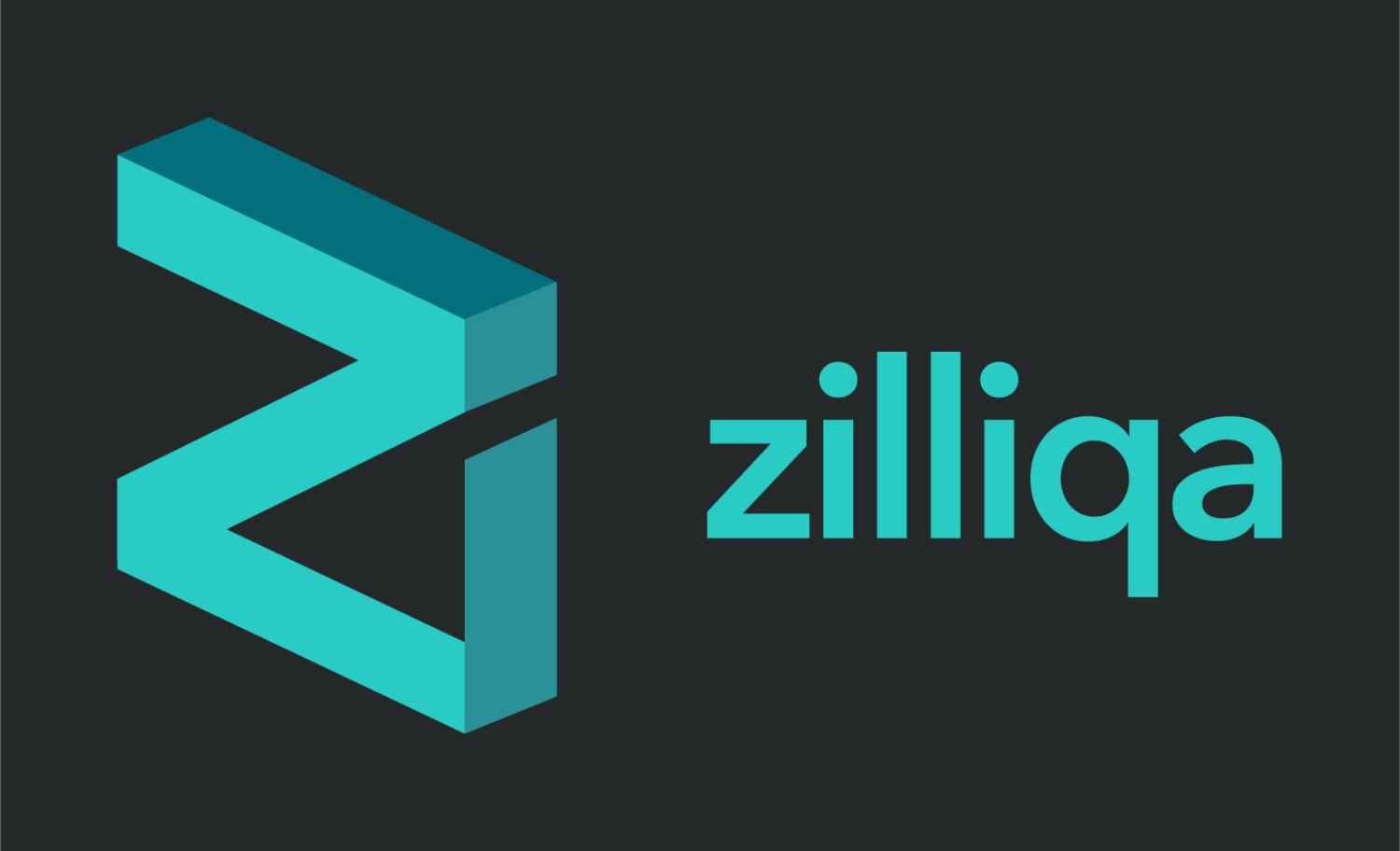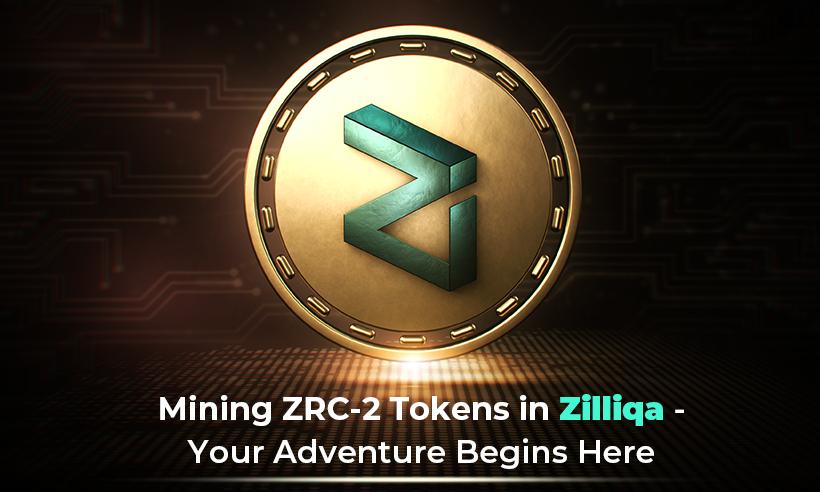Mining ZRC-2 Tokens in Zilliqa - Your Adventure Begins Here

Zilliqa Blockchain Platform
Zilliqa is a blockchain platform whose aim is to solve scalability and scalability problems. The Zilliqa platform aims to deliver high performance with low computational cost and scale. This is done at thousands of transactions per second.
With the increasing popularity of blockchain applications, the demand for the use of blockchain networks has soared. However, the scalability issue which has been existing in the blockchain technology domain has been identified as the major cause of failure of blockchain systems.
Zilliqa is trying to solve this problem by developing a new blockchain technology called “sharding.” Sharding is the breaking up of a single network into multiple parallel networks. Each network will be able to run many thousands of transactions per second. Hence, the thorough capability provided by Zilliqa has led to the attention of many enterprises across the world.
Zilliqa's main aim is to solve the issues of scalability and transaction costs that have plagued blockchains since their inception. As a result, it has a high throughput capacity and a low transaction cost.
This feature has made it an attractive option for both businesses and individuals who want to conduct decentralized and secure cross-border payments. Their governance mechanism is also unique as it doesn’t reward token holders at the expense of the network.
What is ZRC-2 Token?
Miners can earn a new type of digital token called a ZRC-2 (short for Zilliqa Revenues) when they contribute their computer resources to verifying transactions on Zilliqa. These tokens are created as an incentive for miners to contribute their computer resources, i.e., CPU and GPU power, towards verifying and supporting the secure execution of smart contracts on Zilliqa's scalable platform.
Each time a new block is added to the blockchain, all active miners get awarded with new blocks containing payouts of transaction fees and newly minted tokens (also known as block rewards). In total, about 13% of all new tokens are allocated to mining rewards every year – that’s equivalent to 12.6 million tokens every year!
Creating and Dispersing Coins
Examples of ZRC
Checking The Compliance of the ZRC contract
It is important to ensure that your smart contract is ZRC-2 compliant before starting any integration with ZRC-2. Compatibility issues with other contracts or dApp/exchange integrations may occur if the standard is not met. However, the Developer part of this developer site has a subsection dedicated to the ZRC-2 specification.
Monitoring Arrival of ZRC-2 Deposit
To monitor every new deposit of a specific ZRC-2 token:
Mining in Zilliqa
Mining in Zilliqa works in a similar way to Bitcoin mining. However, miners are rewarded with tokens for their contribution to the network in this process. This is done by validating transaction data through sharding and through a process known as ‘Scheduling.’ Therefore, after a transaction is scheduled, the miner will broadcast the transaction to the network to verify it and add it to the network blockchain.
In Zilliqa, you can mine ZRC-2 tokens in two ways:
Contracting for Scilla tokens
The creation of ZRC-2 tokens requires a smart contract from Scilla. A ZRC-2 implementation has to allow the maintenance, monitoring, owning, and trading peer-to-peer of fungible tokens using wallets or exchanges. So, using the ZRC-2 contract published on the official website is the simplest method to get started.
You can create a new contract in the Neo Savant IDE (https://ide.zilliqa.com/) and paste the reference contract into it to deploy the contract.
Deploying the Token Contract
Click the DEPLOY button on top of the contract, then fill out the following:
Among other things, the information above will display you the token's name, supply, and current holders (under the HOLDERS tab).

